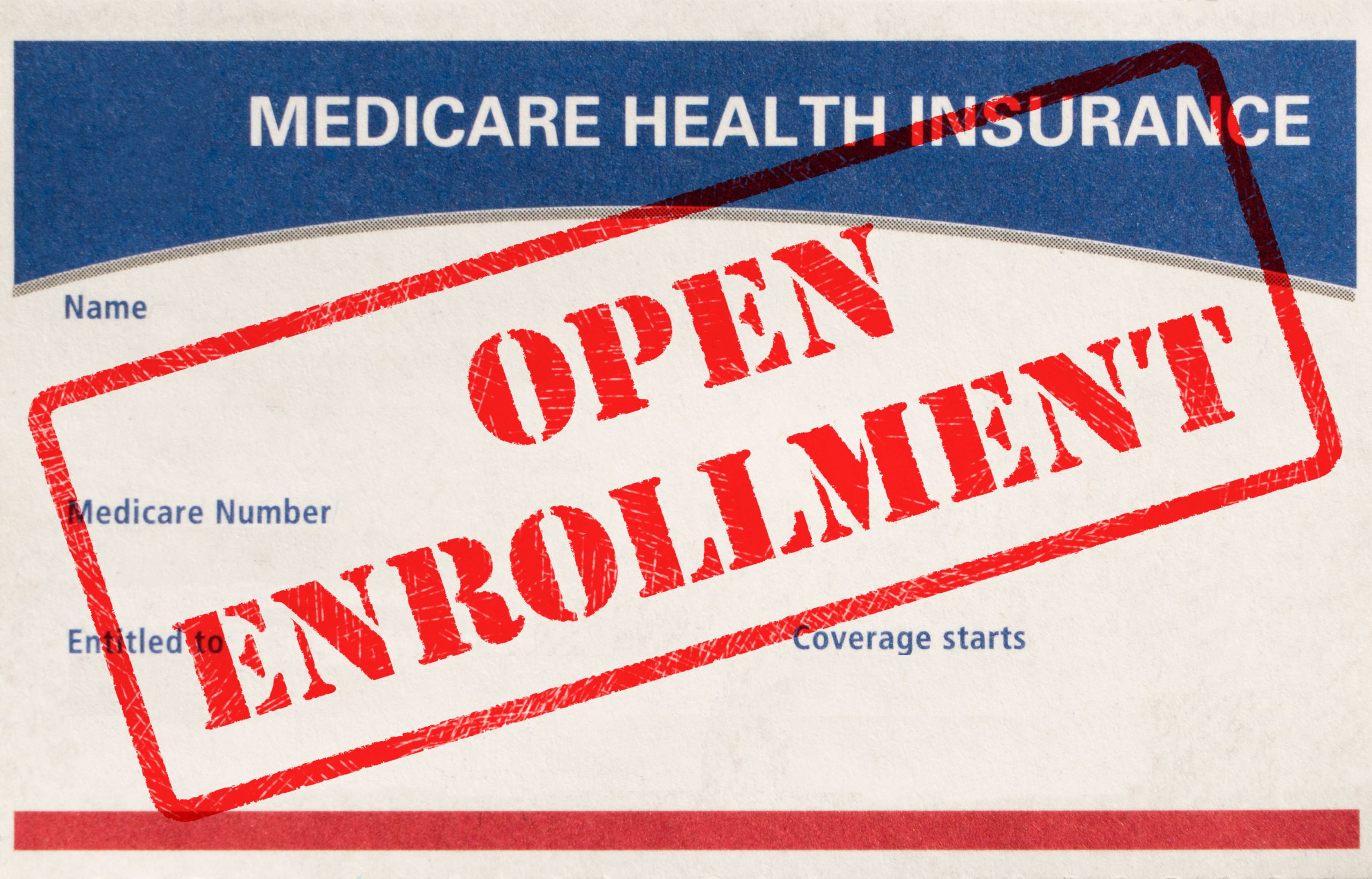
Enrolling in Medicare typically involves a few key steps, and it’s important to be aware of the deadlines to avoid penalties. Here’s a general outline of the process and what happens if you miss the enrollment periods:
- Determine Your Eligibility: Most people become eligible for Medicare when they turn 65. Others may qualify earlier due to disability or certain health conditions like End Stage Renal Disease (ESRD) or Amyotrophic Lateral Sclerosis (ALS).
- Understand the Parts of Medicare:
- Part A (Hospital Insurance): Covers inpatient hospital stays, care in a skilled nursing facility, hospice care, and some home health care.
- Part B (Medical Insurance): Covers certain doctors’ services, outpatient care, medical supplies, and preventive services.
- Part C (Medicare Advantage): An alternative to Original Medicare that includes Part A, Part B, and typically Part D coverage, offered through private insurance companies.
- Part D (Prescription Drug Coverage): Adds prescription drug coverage to Original Medicare, some Medicare Cost Plans, some Medicare Private-Fee-for-Service Plans, and Medicare Medical Savings Account Plans.
- Sign Up During the Initial Enrollment Period (IEP): This period lasts for 7 months, starting 3 months before you turn 65 and ending 3 months after the month you turn 65. If you’re automatically enrolled, you’ll receive your Medicare card in the mail 3 months before your 65th birthday or your 25th month of disability benefits.
- Decide if You Need Additional Coverage: Consider if you need additional coverage beyond Parts A and B, such as a Medicare Advantage plan (Part C), a Medicare Prescription Drug plan (Part D), or Medicare Supplement Insurance (Medigap).
- Enroll in Medicare: You can enroll in Medicare through the Social Security Administration (SSA) either online at the SSA website, by phone, or in person at a local Social Security office. https://www.ssa.gov/medicare/sign-up
If You Miss the Initial Enrollment Period
If you miss the Initial Enrollment Period, you can enroll during the General Enrollment Period (GEP), which runs from January 1 to March 31 each year, with coverage starting July 1. However, missing your IEP might result in a delay in coverage and potential penalties.
Penalties for Late Enrollment
- Part A: If you aren’t eligible for premium-free Part A and don’t buy it when you’re first eligible, your monthly premium may go up by 10%. You’ll have to pay the higher premium for twice the number of years you could have had Part A but didn’t sign up.
- Part B: If you didn’t sign up for Part B when you were first eligible, you might have to pay a late enrollment penalty for as long as you have Part B. The monthly premium could go up 10% for each full 12-month period that you could have had Part B but didn’t sign up for it.
- Part D: If you go 63 days or more without Part D or other creditable prescription drug coverage, you may pay a Part D late enrollment penalty, which is calculated by multiplying 1% of the “national base beneficiary premium” ($34.70 in 2024) times the number of full, uncovered months you didn’t have Part D or creditable coverage.
It’s essential to consider your specific situation and possibly consult with a Medicare counselor or use resources like the Medicare Plan Finder on Medicare’s official website to help guide your decisions. https://www.ssa.gov/medicare
-Lê Nguyên Vũ-
